BMW 3 Series F30 Generation: Used Car Buyer’s Guide
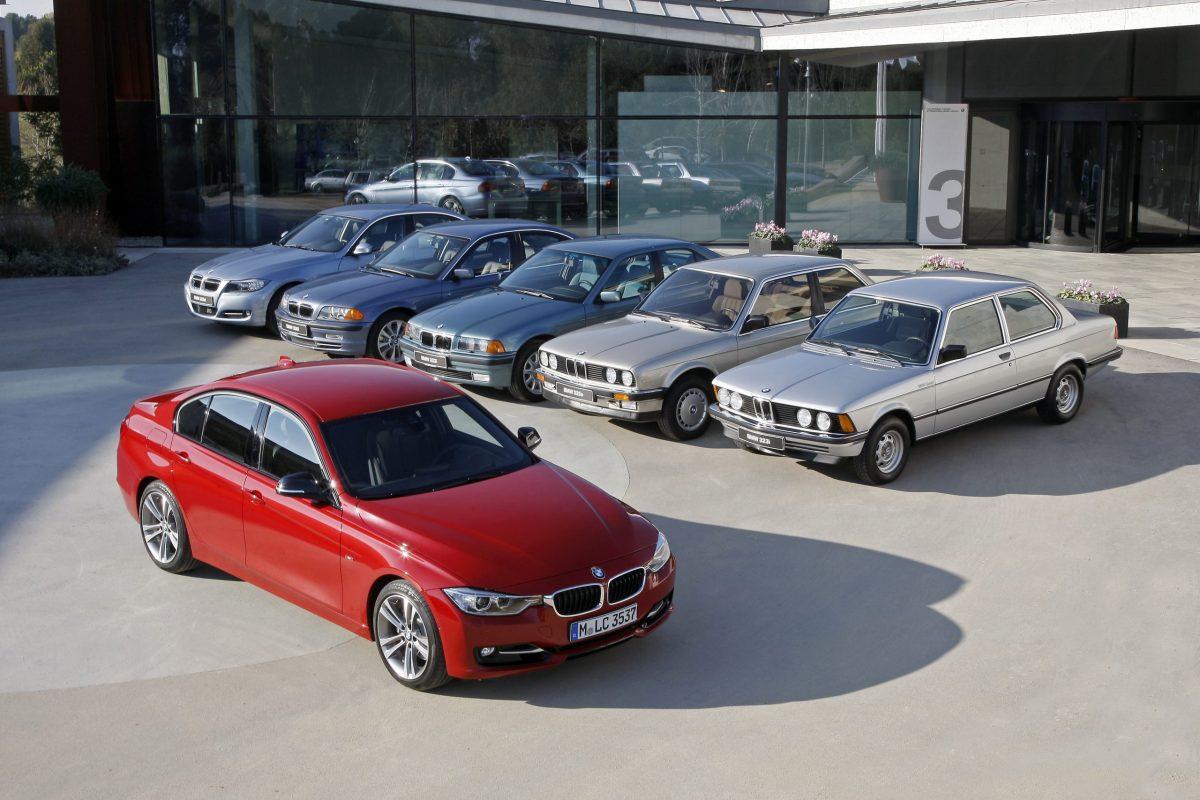
Contents
The BMW 3 Series is as storied as they come. Spanning seven generations, from the E21 of the 1970s to the G20 of today, it boasts a legendary combination of athleticism, style, and livability. In fact, Car and Driver has named the 3 Series to its annual 10Best list a record 22 times in a row (from 1992 to 2014). No wonder it’s BMW’s best-selling model, accounting for about a third of its worldwide sales.
The sixth generation, produced from 2012 through 2018 and dubbed F30 for sedans and F31 for wagons (or “Touring” in BMW speak), carries the 3 Series mantle quite well, despite some notable departures from prior versions, which we’ll discuss below. And now that most are at least five years old, the F30 generation has gotten quite affordable, too, with excellent examples available for as little as $15,000.
So if you’re looking for a great used car that excels at almost everything — from commutes to road trips to backroad blasts — an F30 generation 3 Series should definitely be on your list. In this guide, we’ll teach you everything you need to know to find and buy the perfect one for you.
Introduction
BMW unveiled the F30 generation 3 Series in October 2011 for the 2012 model year, and it was produced for six years, ending its run with the 2018 model year (in the US). This was the first generation for which the coupe (F32) and convertible (F33) versions received their own model designation, the 4 Series, which we’ll cover in a separate article.
The F30 3 Series design is quite handsome, with sleek, modern lines that still look fresh today, especially when compared to its predecessor, the E90 generation, which is clearly showing its age. The F30’s shape is honed not just for style but also for efficiency. With a low 0.29 drag coefficient, it cuts through the air cleanly and quietly.
Compared to the outgoing E90, the new F30 is larger in almost every dimension, with more interior room and cargo space to match. Size-wise, that makes the F30 almost as large as prior generations of the 5 Series. Despite the gains, the engineers managed to keep off the pounds, so the F30 actually weighs about the same as a comparable E90.
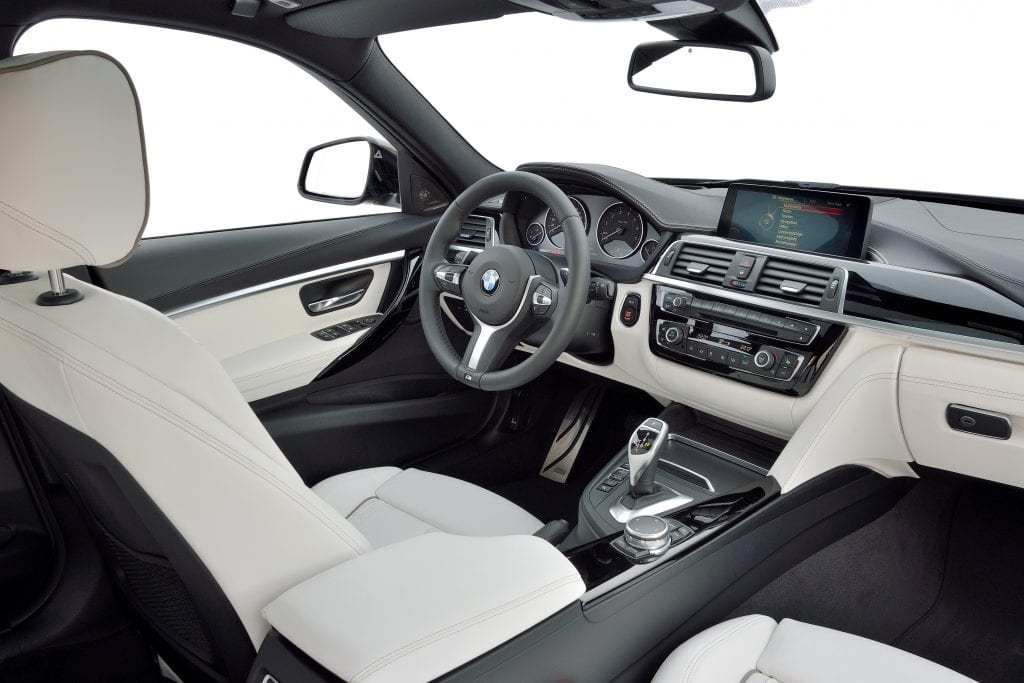
It would be hard to improve upon the E90’s elegant interior design, but the F30 carries on the tradition of clean lines and easy-to-read gauges, while fortunately also resolving the E90’s one sore spot — the ugly dash bump housing the navigation screen — with an iPad-like screen on the dashboard.
Engines and Transmissions
At its debut, the F30 was offered in two versions (in the US): the entry-level 328i and the upscale 335i. The former boasts a brand new engine: a 2.0 liter turbocharged four cylinder (codename N20), marking the first time in almost 20 years that BMW offered a four banger in the 3 Series (in the US). If that sounds like a downgrade from the E90’s excellent 3.0 liter inline six (N52), note that the N20 makes an impressive 240 hp and 255 lb-ft of torque in 328i trim. That’s significantly more than the outgoing six, especially in the torque department, which is up almost 30%. The N20 also returns impressive fuel economy: 23 mpg city and 34 mpg highway, up from just 18 mpg city and 28 mpg highway for the E90 generation.
For those who insist upon having an inline six powering their 3 Series, the 3.0 liter turbocharged inline six (N55) carries over in the top-of-the-line 335i, producing the same 300 hp and 300 lb-ft of twist. That’s good for sub 5-second sprints to 60 mph, on par with the outgoing E90 335i. Fuel economy is also roughly the same, at 20 mpg city and 30 mpg highway, up slightly from 19 mpg city and 28 mpg highway for the prior version.
Both the 328i and the 335i were offered with BMW’s excellent 6-speed manual transmission, which pairs nicely with either the four- or the six-cylinder engine. Notably, the F30 generation would be the last 3 Series to offer a manual option (in the US), as the current gen (G20) is automatic only.
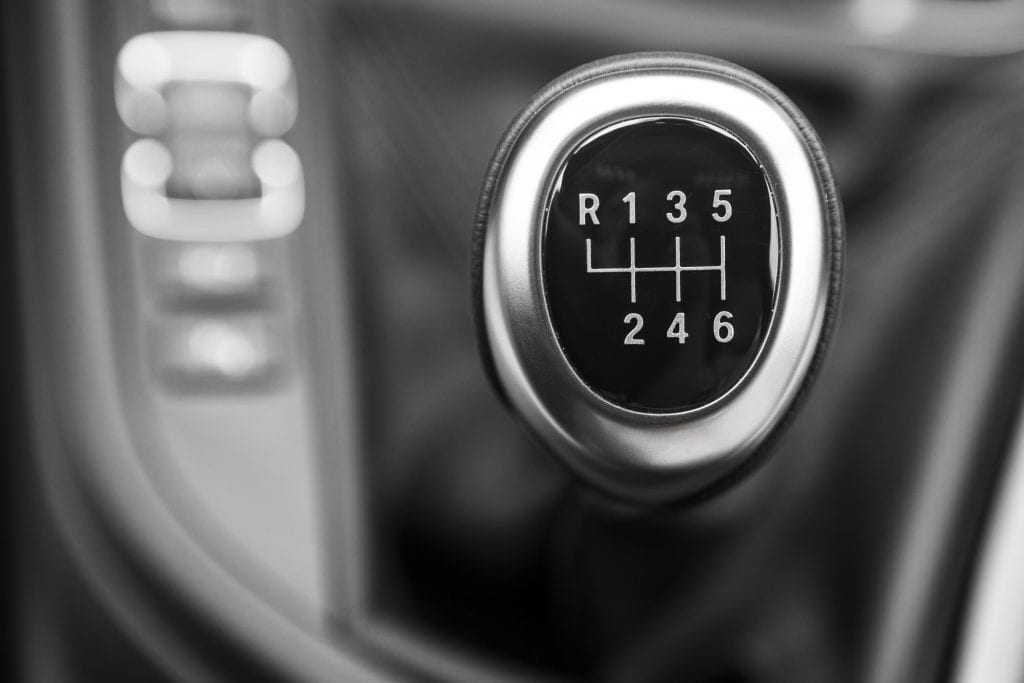
As much as we like a manual, we have to admit that the available 8-speed automatic, sourced from German supplier ZF, is a superb gearbox in its own right, with quick and intuitive shifts. It makes manual vs. automatic a tough decision, even for enthusiasts.
Features and Options
The “base” 328i came very well equipped, with a slew of standard amenities, including 17-inch alloys, automatic wipers and headlights, dual-zone climate control, eight-way adjustable front seats, and a premium stereo with Bluetooth phone connectivity. In addition to its more powerful engine, the 335i added standard 18-inch wheels, xenon headlights, power front seats, and a sunroof. Prices in 2012 started at $34,900 for the 328i, while another $7500 was required to step up to the 335i, which started at $42,400.
In BMW tradition, both the 328i and the 335i were available with a wide range of options, including all-wheel drive (aka “xDrive”), parking assistance, heated seats, keyless entry and ignition, active steering, navigation, a head-up display, and an upgraded Harman Kardon audio system. Checking all of the boxes on the option list could quickly jack the sticker price of a sixth gen 3 Series to nearly $60,000.
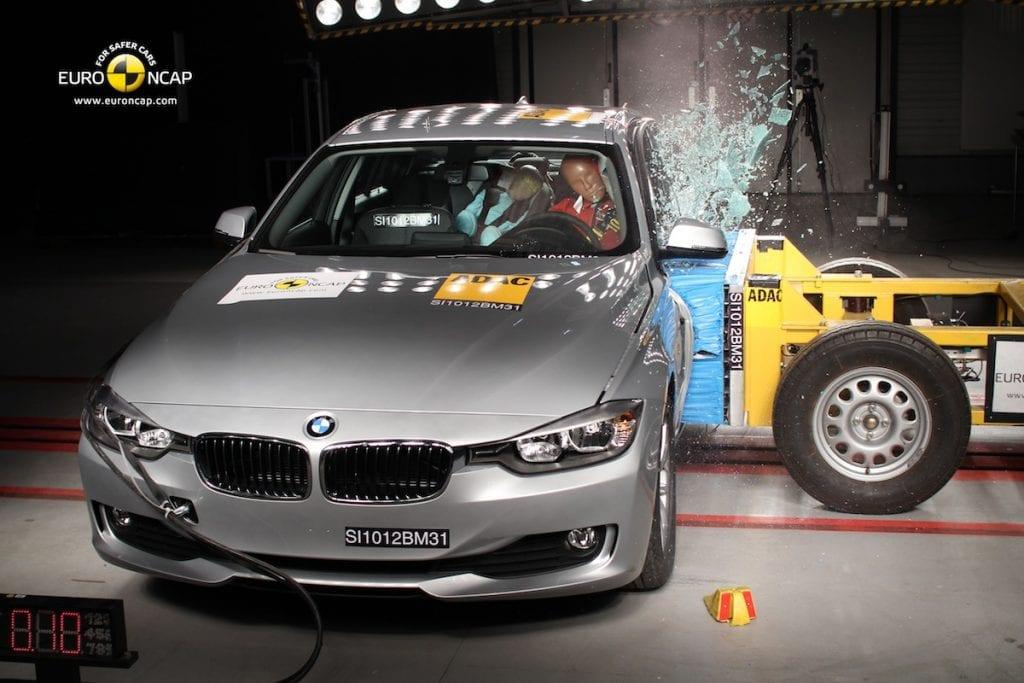
All F30 generation 3 Series have the following standard safety features: antilock brakes (ABS), front and side curtain airbags, and traction and stability control. Optional is BMW Assist, an emergency communications suite, which puts drivers in touch with live help in the case of an accident, theft, or other issue on the road. The F30 also boasts a 5-star overall safety rating from the National Highway Traffic Safety Administration (NHTSA) for each year of production.
Model Year Changes
BMW made a number of important changes to the F30 3 Series during its six years of production.
2013
For the 2013 model year, two new versions debuted. The 320i became the new entry-level trim. It offered a $4000 discount from the 328i — but also meant you had to settle for a detuned version of the N20 four-cylinder engine, making 180 hp (rather than 240). As the value choice, most 320i examples are typically devoid of options, such as keyless entry, sunroofs, and heated seats, which are commonplace on other trims.
On the flip side, the new ActiveHybrid3 trim added oomph, through a small hybrid-electric system, to the 335i’s already powerful 3.0 liter turbocharged six, upping output to 335 hp. It also added weight and cost, bumping the base price well over fifty grand. Critics of the day panned the ActiveHybrid3 as too pricey to justify its relatively small increase in efficiency (+2 mpg city vs. the 335i).
BMW also released the desirable M Sport package for the 2013 model year, offering a sport-tuned suspension, beefier wheels and tires, sport seats, the handsome M Sport steering wheel, plus some other cosmetic enhancements to give the car more of that M car look. Perhaps best of all, ticking the M Sport box unlocks a timeless BMW color choice: Estoril Blue, which is exclusive to the package.
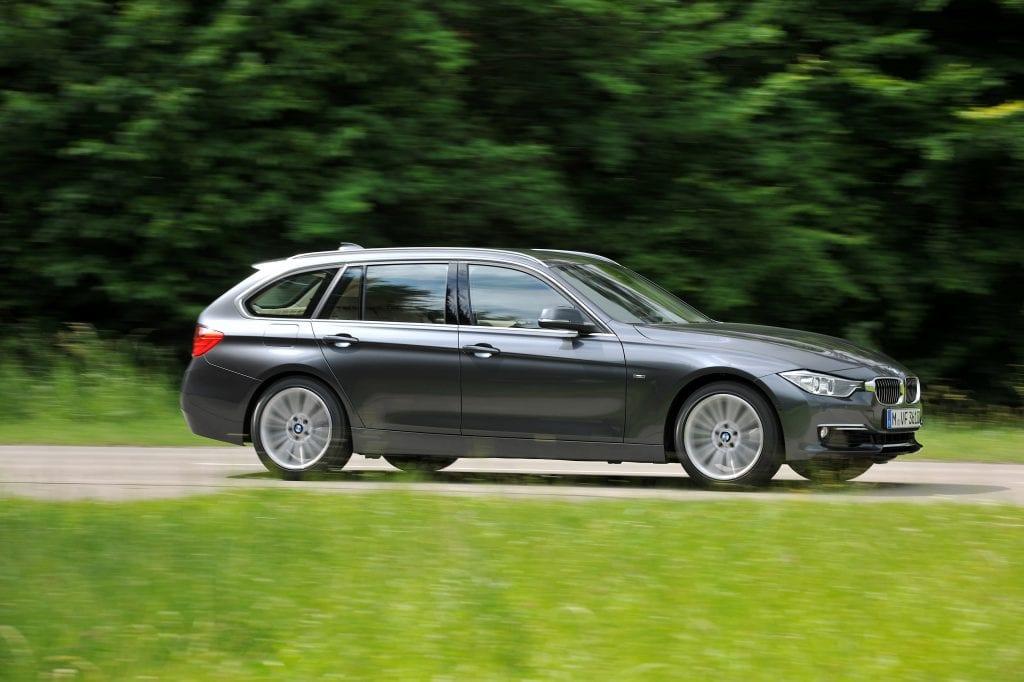
2014
In 2014, BMW reintroduced the diesel engine option to the 3 Series with the 328d. Unlike the prior oil burner, the high-performance E90 generation 335d, it’s more of an economy option this time, with a thrifty 2.0 liter turbocharged four cylinder, producing 180 hp and 280 lb-ft of torque. Paired exclusively with the 8-speed ZF gearbox, it’s good for an impressive 32 mpg city and 45 mpg highway in the 328d sedan (slightly less when equipped with all-wheel drive).
The 2014 model year also marked the debut of the wagon, or “Touring,” body style (codename F31), which was offered (in the US) in both 328i and 328d guise. Yes, that means BMW brought a 3 Series diesel wagon to the US for the very first time, something that excited Car and Driver enough to buy one for their long term fleet.
Additionally, BMW introduced a new version of its iDrive infotainment system for all 2014 models, which improved its responsiveness, addressing a common gripe.
2016
In 2016, the F30 generation received a model refresh, including subtle changes to the front and rear styling, plus some small suspension and steering tweaks. Much more obvious was a badge upgrade for the top level trim: the 335i becomes the 340i. This reflects the all-new and more powerful 3.0 liter inline six under its hood. The 340i’s new “modular” B58 engine makes an additional 20 hp and 30 lb-ft of torque compared to the outgoing N55, for a total of 320 hp and 330 lb-ft of twist.
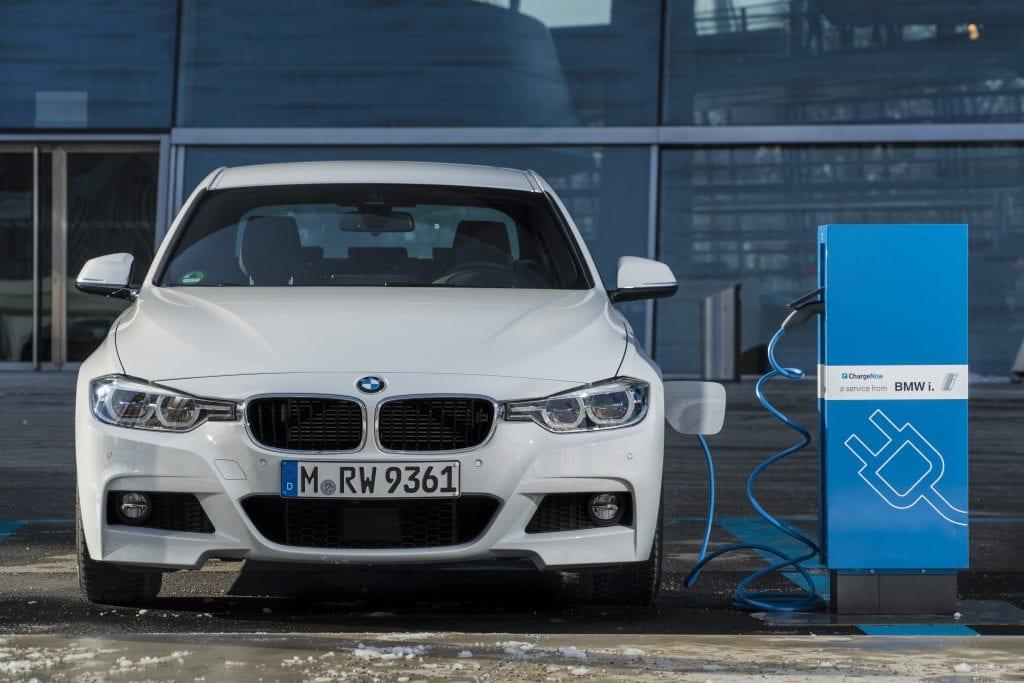
The 330e, a new plug-in hybrid version of the F30, also appeared in 2016, replacing the ActiveHybrid3, which was discontinued. While not quite as powerful as the ActiveHybrid3, the 330e delivers on the efficiency front, dropping the six cylinder in favor of the 320i’s four banger, which is paired with an 87 hp electric motor/generator and a 7.6-kWh air-cooled lithium-ion battery. The combination delivers up to 14 miles of pure electric range and an EPA rating of 31 mpg (combined) for gasoline-electric mode.
2017
The last major F30 changes came for the 2017 model year, when the 328i graduated to the 330i, thanks to an all-new 2.0 liter turbocharged four cylinder engine (B46). The new mill produces slightly more power: 248 hp vs. 240 hp for the outgoing N20. It also delivers slightly improved fuel economy: +1 mpg in city driving (23 vs 22 mpg for prior years), while highway figures remain the same, at a respectable 34 mpg.
Problem Areas
The F30 generation 3 Series is generally considered to be an excellent car, offering a great combination of performance, comfort, efficiency, and reliability. But there are a few problem areas to be aware of.
Steering and Handling Feel
By far, the most common complaint about the F30 involves steering feel. Or lack thereof. Prior 3 Series generations were the industry benchmark for steering and handling excellence in a sports sedan. But those cars all had traditional hydraulic steering assistance, while the F30 employs electric boost instead. Known as Electric Power Steering (EPS), it’s more efficient than hydraulic because it’s powered only on demand (vs. hydraulic, which is always on). The downside is that dialing in the same levels of steering feel with EPS has proven challenging for BMW engineers.

Along the same lines, fans of prior 3 Series versions tend to criticize the overall handling of the F30, calling it softer than the E90 generation it replaced. This seems to be a product decision from Munich rather than an engineering miscue, however. The F30’s setup employs more damping than before, so it’s better at soaking up bumps. But as a result, it isn’t quite as crisp in the corners. The goal appears to have been to make the car more appealing to mainstream buyers rather than purely the enthusiast crowd. The F30 is no handling slouch, though. It still offers class-leading performance, especially when equipped with the firmer setup available with the M Sport upgrade.
Stop/Start Abruptness
All F30 generation cars employ an automatic stop/start feature, which shuts off the engine when the car would otherwise be idling, such as waiting at a stoplight. It’s a good idea in concept, saving fuel and preventing unnecessary emissions, especially in city driving. Unfortunately, BMW’s stop/start execution in the F30 is widely disparaged for its lack of refinement. It shuts down and cranks up with an abruptness that’s out of place in a luxury car. The good news is that this feature can easily be disabled by pressing a button above the ignition switch.
Early N20 Timing Chain Failures
Early F30 generation cars — specifically 2012-2016 models — with the N20 four cylinder engine can suffer from a timing chain issue, which if left unaddressed can lead to engine failure. The telltale sign is a noticeable whine or rattle coming from the front of the engine and/or obvious scoring and wear on the timing chain itself (which is visible through the oil cap). The fix is to replace the timing chain with an updated unit, a fairly complex job, which runs approximately $2500 at an independent repair shop.
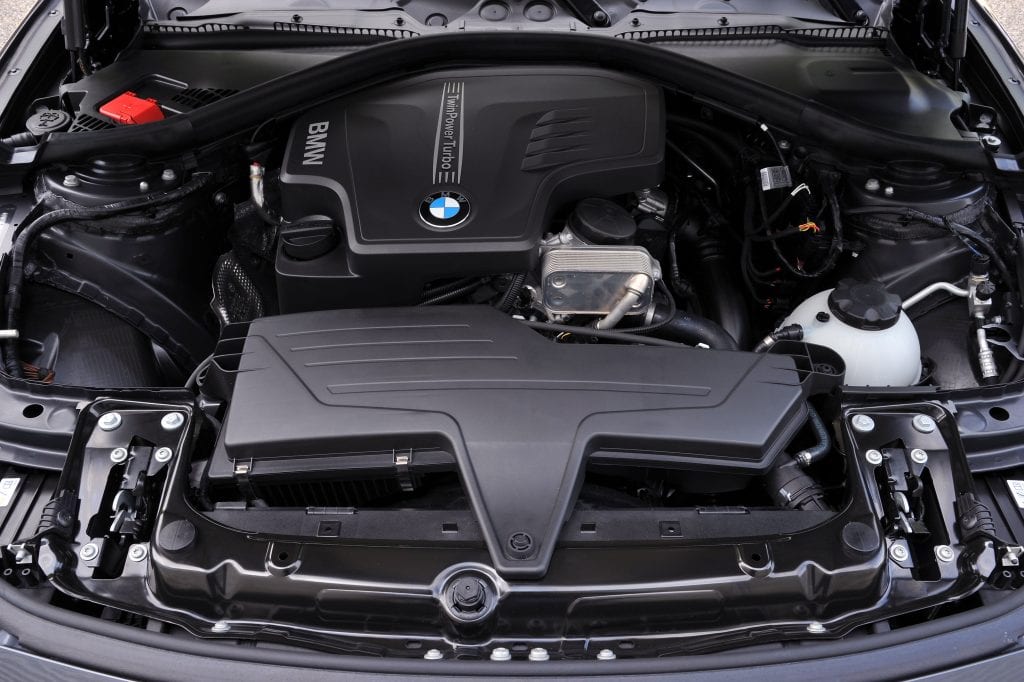
BMW addressed the problem in January 2015 with a redesign, so your best bet when shopping for a used F30 with a four cylinder engine is either to 1) stick to examples built after that date or 2) find a car which has already had the timing chain replaced.
Note that as a result of a related class action lawsuit, BMW extended the original warranty for this issue to 7 years or 70,000 miles from the original in-service date. That means affected cars from 2015 or 2016 may still be covered.
N55 VANOS Solenoid Failure
F30 generation cars with the N55 inline six (2012-2015) can suffer from issues with the VANOS solenoids, which control the valve timing in the engine. When these act up, it shows up in a rough idle, loss of power, and/or intermittent check engine warnings. Fortunately, the fix for faulty solenoids is relatively simple. If you’re handy, you can replace them yourself for about $300 in parts. Or an indy mechanic can tackle the job for about $500.
Pre-purchase Inspections (PPIs)
Before you spend $15,000 or more on a used F30, we highly recommend hiring a BMW specialist to evaluate it. For about $250, they’ll provide you with a thorough inspection of the entire car. This can reveal major, deal-breaking issues, like hidden damage from an accident, or minor things that you can use as bargaining points, like worn brake pads. Either way, it’s easily worth the money to complete a professional inspection prior to finalizing any used car purchase.
To learn more about finding a good local mechanic, check out our article, How to Find a Good Auto Mechanic That You Can Trust.
Buying Tips
Prices for used F30s range from a low of around $10,000 for older but well-kept examples, like a 2012 328i sedan with under 100,000 miles, to the low $30,000s for the newest and most desirable versions, like a sub-50,000 mile 330i xDrive wagon or 340i sedan.
If you have $15,000 to spend, we recommend targeting a 2012-2015 328i sedan with about 50,000 miles. You might be able to find a 320i for slightly less, but we think the additional power and features of the 328i are worth it. Just be sure that the timing chain issue (noted above) has been addressed. Or you could opt for the diesel version, the 328d sedan, which tends to sell for about $1000 more than its gas counterpart.
Add $5000 and lots more possibilities open up. For around $20,000, you should be able to find a nice 2016 328i sedan, which came from the factory with the timing chain fix in place. Twenty grand also brings the first few years of the 335i (2012-2013) into play. Considering the outstanding performance from its 300 hp turbo six, that’s a heck of lot of car for the money. You may also be able to sneak into a 2014 328i wagon at this price point, though we would note that these were sold in much smaller volumes and may be hard to find.
For around $25,000, you can find like-new examples of the 330i or 328d sedans from the final two model years (2017-2018) or a very nice 335i from 2014-2015. This is also a sweet spot for 328i wagons, with examples from 2014-2016 easily in range. Note that the 328d wagon tends to command a premium of about $4000, though, so you won’t find much in the way of diesel wagons here.

For $30,000, you have your pick of the bunch. This is honestly too much to spend on a 328i or 328d sedan, so we’d suggest opting for a 2017-2018 340i instead. If you want a long roof, a 330i wagon from one of the final years (2017-2018) would be the smart choice. And if a diesel wagon is your holy grail, you should be able to find 328d wagons plentiful at this price point, though you may have to stretch to as much as $35,000 for the choicest ones out there.
The Bottom Line
The F30 generation 3 Series is not without its critics. It may not be quite as sharp as it was in prior generations, but it’s still a terrific car. And it comes with a host of upgrades over the outgoing E90 generation, including more power, better looks, a stiffer chassis, greater efficiency, and a much-improved automatic gearbox. Better yet, find one with the available 6-speed manual plus the coveted M Sport package, and you’re not going to be disappointed.
We’ll take ours in Estoril Blue.
Photos courtesy of BMW and Euro NCAP